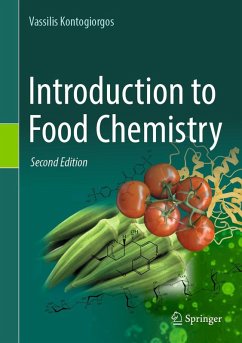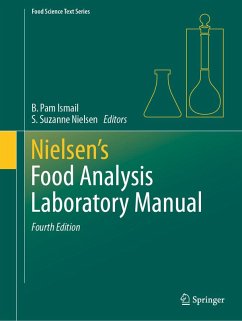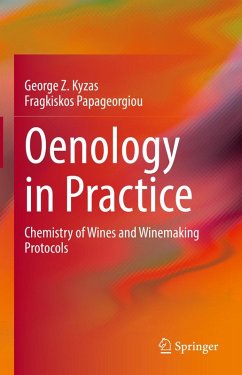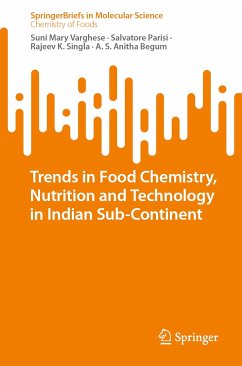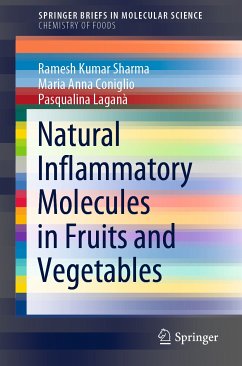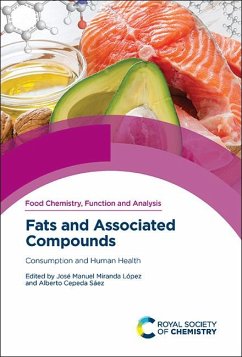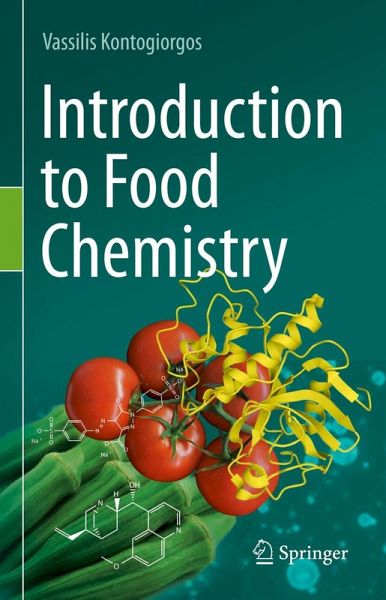
Introduction to Food Chemistry (eBook, PDF)
Versandkostenfrei!
Sofort per Download lieferbar
56,95 €
inkl. MwSt.
Weitere Ausgaben:

PAYBACK Punkte
28 °P sammeln!
The complexity of food chemistry makes it a challenging subject for students studying in a food science course. Although there are excellent food chemistry books available in the market they have two major flaws: they are either encyclopedic or they are not pitched correctly to undergraduate food science students. The first problem creates difficulties for students to identify what is important and how much they need to know. The second problem arises when the book is written by authors that are not food scientists (e.g., chemists), they are not academics that are engaged with teaching or they...
The complexity of food chemistry makes it a challenging subject for students studying in a food science course. Although there are excellent food chemistry books available in the market they have two major flaws: they are either encyclopedic or they are not pitched correctly to undergraduate food science students. The first problem creates difficulties for students to identify what is important and how much they need to know. The second problem arises when the book is written by authors that are not food scientists (e.g., chemists), they are not academics that are engaged with teaching or they are not sufficiently qualified to teach. In this case, it is difficult to find links between the chemistry of foods and its relevance to applications or, quite frequently, future employment prospects of the student.
Introduction to Food Chemistry bridges this gap in the relevant literature, as it employs the latest pedagogical theories in textbook writing to presentthe subject to students with broad range of cognitive skills. This book presents specific learning objectives for each chapter and is self-contained so students will not need to search for essential information outside the textbook.
To support learning, the book has:
To support lecturers, the book has:
For lecturers in search of a singular source to aid in their introductory food chemistry courses, look no further than Introduction to Food Chemistry.
Introduction to Food Chemistry bridges this gap in the relevant literature, as it employs the latest pedagogical theories in textbook writing to presentthe subject to students with broad range of cognitive skills. This book presents specific learning objectives for each chapter and is self-contained so students will not need to search for essential information outside the textbook.
To support learning, the book has:
- Didactic elements with information being conveyed with 3D-figures, color-coded schemes and graphs, annotations on figures that link it to the text descriptions
- Built-in pedagogy and learning activities at the end of each chapter that are linked to the learning objectives.
- Keywords and concepts for online search to instigate curiosity for further studies.
- Conversational writing style without losing academic rigor
To support lecturers, the book has:
- Helps focus teaching preparation on key aspects of food chemistry relevant to both industry and modern research.
- Aids the preparation of exams, assignments and othertypes of assessment or learning activities.
For lecturers in search of a singular source to aid in their introductory food chemistry courses, look no further than Introduction to Food Chemistry.
Dieser Download kann aus rechtlichen Gründen nur mit Rechnungsadresse in A, B, BG, CY, CZ, D, DK, EW, E, FIN, F, GR, HR, H, IRL, I, LT, L, LR, M, NL, PL, P, R, S, SLO, SK ausgeliefert werden.



